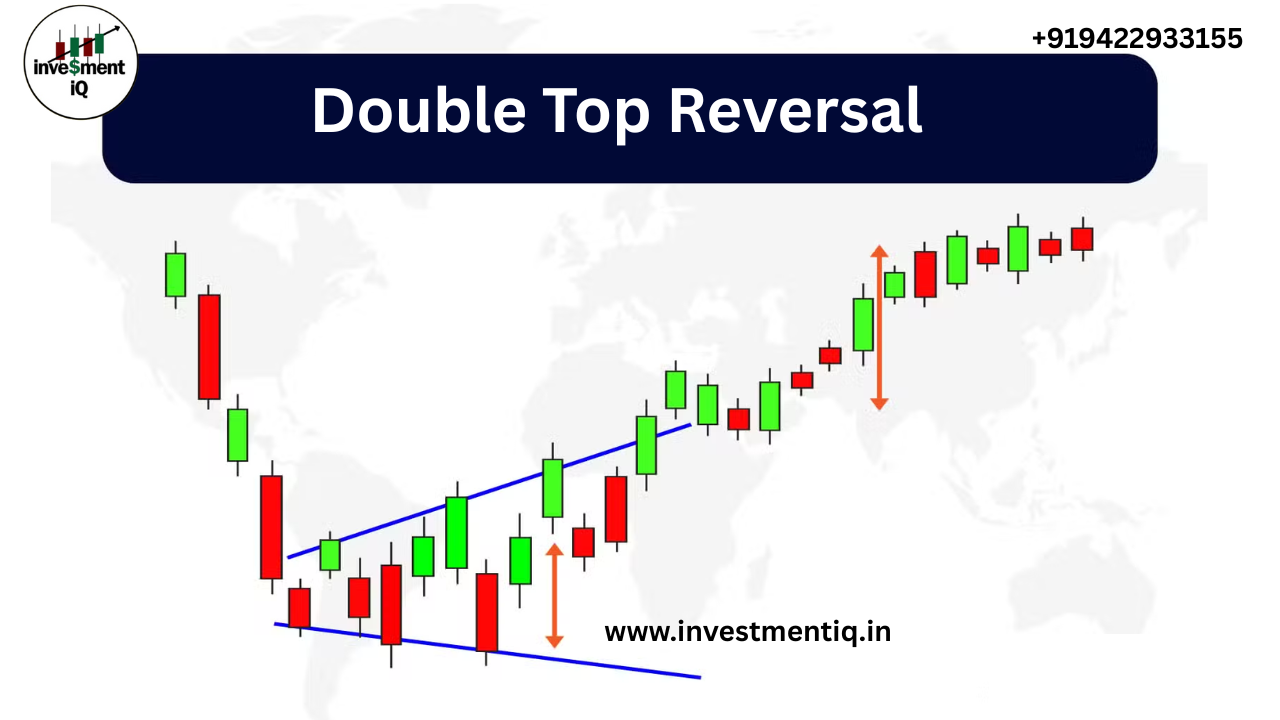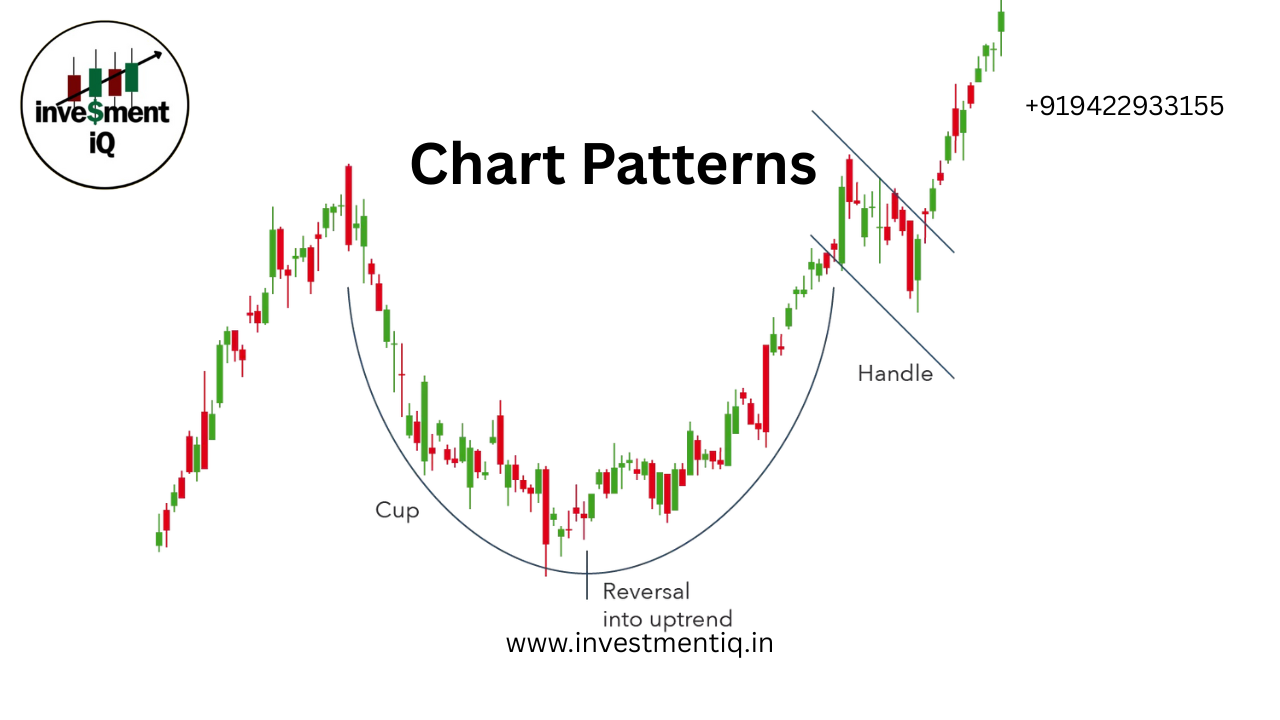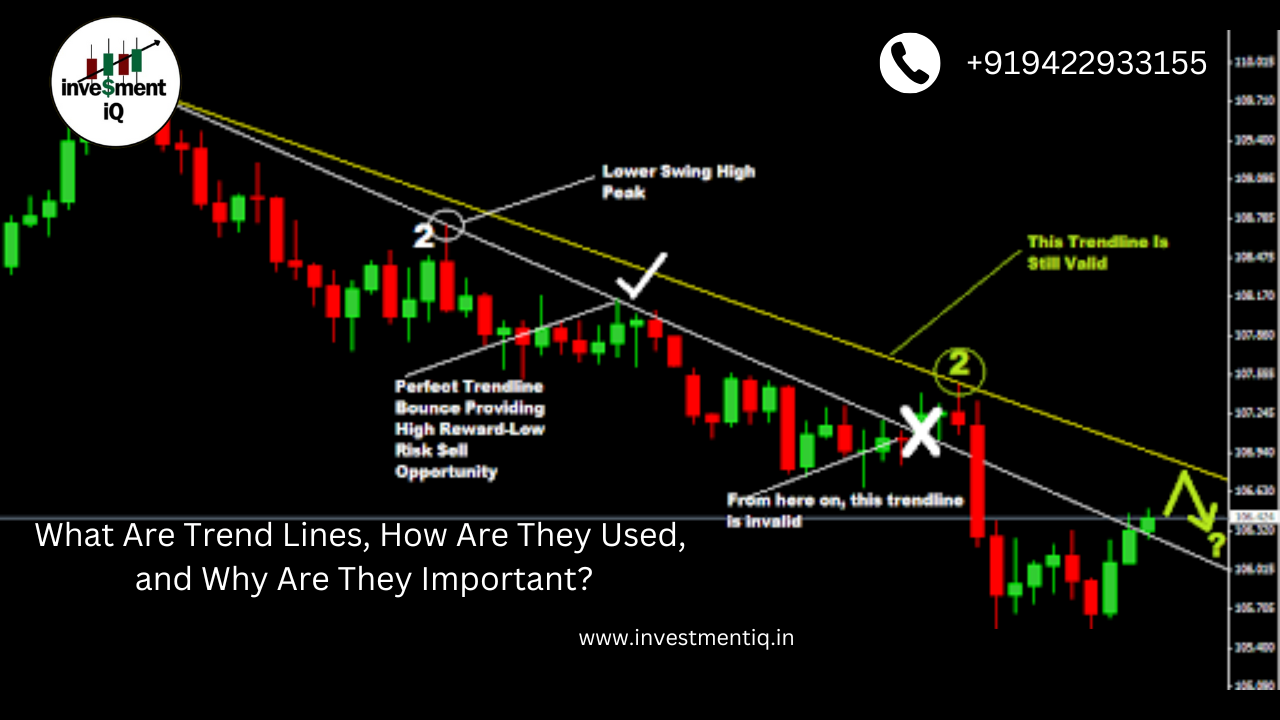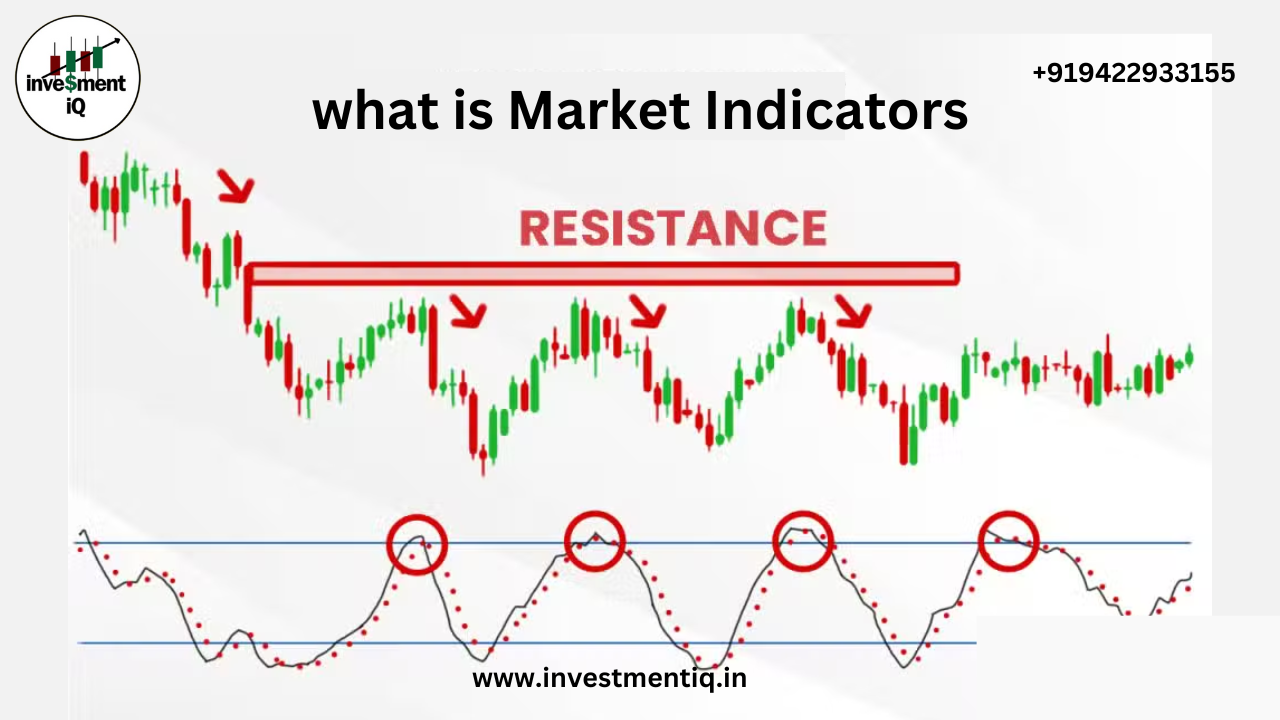
Double Top Reversal
Explore the Double Top Reversal chart pattern and learn to identify, interpret, and trade this common bearish reversal pattern. A common bearish reversal pattern on bar, line, and candlestick charts is the Double Top Reversal.As the name suggests, the pattern consists of two about equal peaks that are followed by a mild dip. The traditional Double Top Reversal pattern indicates at least an intermediate-term shift from bullish to bearish, though there may be variances. An illustration of a Double Top Reversal can be seen in the chart below. Example of a classic Double Top Reversal…









